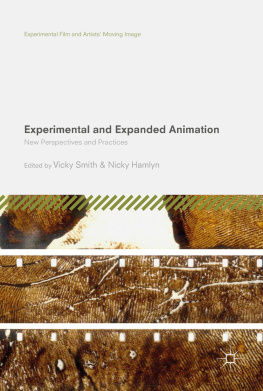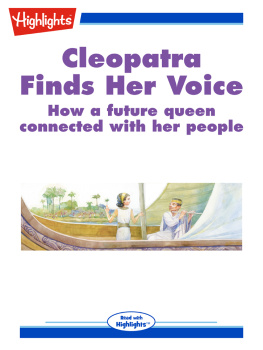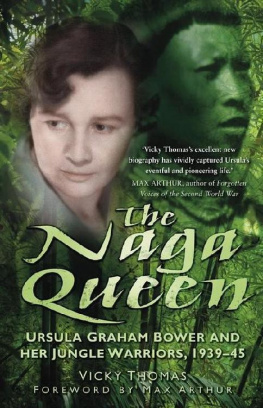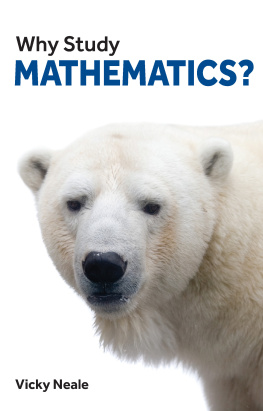Vicky Smith - Experimental & Expanded Animation
Here you can read online Vicky Smith - Experimental & Expanded Animation full text of the book (entire story) in english for free. Download pdf and epub, get meaning, cover and reviews about this ebook. year: 2018, publisher: Springer International Publishing, genre: Romance novel. Description of the work, (preface) as well as reviews are available. Best literature library LitArk.com created for fans of good reading and offers a wide selection of genres:
Romance novel
Science fiction
Adventure
Detective
Science
History
Home and family
Prose
Art
Politics
Computer
Non-fiction
Religion
Business
Children
Humor
Choose a favorite category and find really read worthwhile books. Enjoy immersion in the world of imagination, feel the emotions of the characters or learn something new for yourself, make an fascinating discovery.
- Book:Experimental & Expanded Animation
- Author:
- Publisher:Springer International Publishing
- Genre:
- Year:2018
- Rating:3 / 5
- Favourites:Add to favourites
- Your mark:
- 60
- 1
- 2
- 3
- 4
- 5
Experimental & Expanded Animation: summary, description and annotation
We offer to read an annotation, description, summary or preface (depends on what the author of the book "Experimental & Expanded Animation" wrote himself). If you haven't found the necessary information about the book — write in the comments, we will try to find it.
Experimental & Expanded Animation — read online for free the complete book (whole text) full work
Below is the text of the book, divided by pages. System saving the place of the last page read, allows you to conveniently read the book "Experimental & Expanded Animation" online for free, without having to search again every time where you left off. Put a bookmark, and you can go to the page where you finished reading at any time.
Font size:
Interval:
Bookmark:
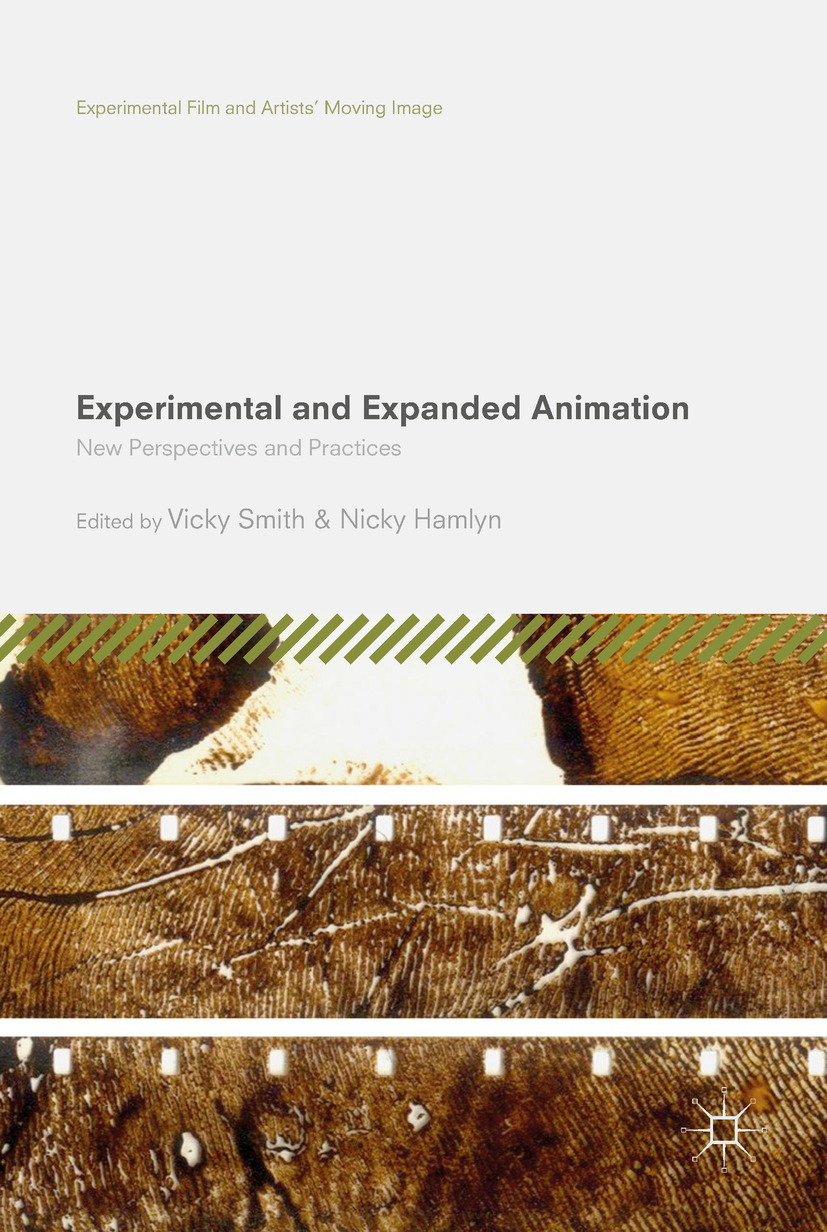
Existing outside the boundaries of mainstream cinema, the field of experimental film and artists moving image presents a radical challenge not only to the conventions of that cinema but also to the social and cultural norms it represents. In offering alternative ways of seeing and experiencing the world, it brings to the fore different visions and dissenting voices. In recent years, scholarship in this area has moved from a marginal to a more central position as it comes to bear upon critical topics such as medium specificity, ontology, the future of cinema, changes in cinematic exhibition and the complex interrelationships between moving image technology, aesthetics, discourses, and institutions. This book series stakes out exciting new directions for the study of alternative film practicefrom the black box to the white cube, from film to digital, crossing continents and disciplines, and developing fresh theoretical insights and revised histories. Although employing the terms experimental film and artists moving image, we see these as interconnected practices and seek to interrogate the crossovers and spaces between different kinds of oppositional filmmaking.
We invite proposals on any aspect of non-mainstream moving image practice, which may take the form of monographs, edited collections, and artists writings both historical and contemporary. We are interested in expanding the scope of scholarship in this area, and therefore welcome proposals with an interdisciplinary and intermedial focus, as well as studies of female and minority voices. We also particularly welcome proposals that move beyond the West, opening up space for the discussion of Latin American, African and Asian perspectives.
More information about this series at http://www.palgrave.com/gp/series/15817

Cover credit: 33 Frames Per Foot (2013) by Vicky Smith
This Palgrave Macmillan imprint is published by the registered company Springer International Publishing AG part of Springer Nature
The registered company address is: Gewerbestrasse 11, 6330 Cham, Switzerland
This book makes its appearance at a time when, more than ever before, it is possible to question what exactly is animation? The employment of CGI in many Hollywood feature films has irrevocably blurred the boundary between animation and live action. This, in a way, returns us to cinemas first decades, when there were no definitions to concern us; the attraction of the medium was things in motion, be it Louis Lumires wall being demolished and rebuilding itself, or Georges Mliss multiple self-portraits singing on a musical stave, or mil Cohls Fantasmagorie (1908) of white-lines-on-black seamlessly morphing from one image to another. In the following decades, animation largely took its own path, and became a branch of cinema generally subservient to the live-action mainstream, no longer the main attraction, but with the compensation of being more open to individual expression.
The early animators (Cohl and Winsor McKay) would have appreciated the French term for animation, Le Dessin Anim , the animated drawing. Better than bald animation, it captures the sense that the drawn-image should be totally and constantly in motion; no dead inanimate parts. After his first fully animated Gertie the Dinosaur (1914), McKay himself struggled to maintain this dynamic, and invented many of the tricks that would be used by later animators to minimize the labour involved, (cels, cycles of drawings, etc.)in effect, accepting the killing of part of the image. Hollywood animators largely accepted these compromises; the storys the thing, although there are moments in early Disney and Fleischer where gloriously the whole image is involved in motion. But these are rare. To see the struggle for full animation (for life) continued, one turns to the parallel history of experimental animation and the work of artist animators Walter Ruttmann, Len Lye, Lotte Reiniger , Alexandre Alexeieff and Claire Parker, Robert Breer, Caroline Leaf, et al. These animators demonstrated that anything material could be animatedwet paint, the filmstrip, silhouettes, a screen of pins, postcards, sand; and so began the process of medium-expansion.
Such animation is labour intensive. It takes time, but time can add its own enrichments. The tortuously long process of Yuriy Norshteyn making his (unfinished) The Overcoat (1981) comes to mind, or the digressive reverie of Susan Pitts Asparagus (1979), which must have taken years of labour, or Fischli and Weisss live-action-as-animation Der Lauf der Dinge (1987), the latter two of which are discussed here. All benefit from ideas developed en route originating in the intellectual curiosity that is every artists starting-point. Once questions are asked, boundaries fall away and the imagination expands. So, as this anthology put together by two outstanding practitioners clearly demonstrates, animation continues to sustain the excitement of cinemas first decades.
Font size:
Interval:
Bookmark:
Similar books «Experimental & Expanded Animation»
Look at similar books to Experimental & Expanded Animation. We have selected literature similar in name and meaning in the hope of providing readers with more options to find new, interesting, not yet read works.
Discussion, reviews of the book Experimental & Expanded Animation and just readers' own opinions. Leave your comments, write what you think about the work, its meaning or the main characters. Specify what exactly you liked and what you didn't like, and why you think so.

